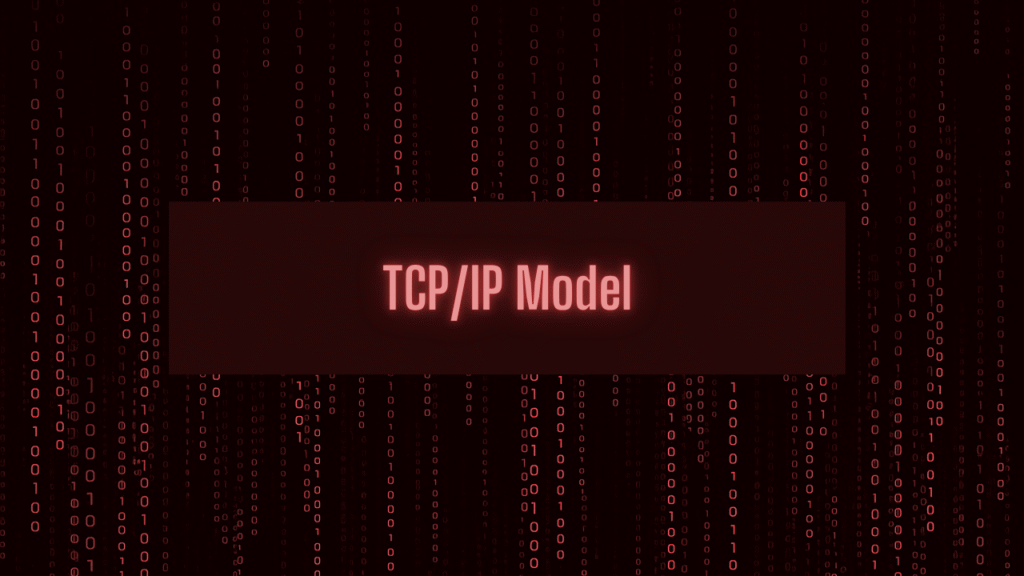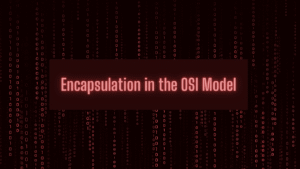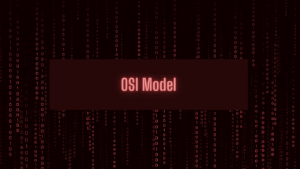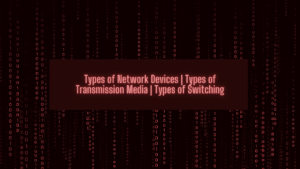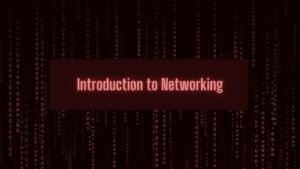The TCP/IP Model (Transmission Control Protocol/Internet Protocol) is a conceptual framework used to describe how data is transmitted across networks, especially the Internet. Unlike the theoretical OSI model, the TCP/IP model is practical and implemented, making it the true foundation of today’s internet.
What is the TCP/IP Model?
The TCP/IP model was developed by the U.S. Department of Defence in the 1970s as a way to ensure end-to-end communication on ARPANET, the precursor to the Internet. It defines how data should be packetized, addressed, transmitted, routed, and received at the destination.
TCP/IP is protocol-oriented, not layer-oriented like OSI. It consists of 4 layers, each responsible for specific tasks in the communication process.
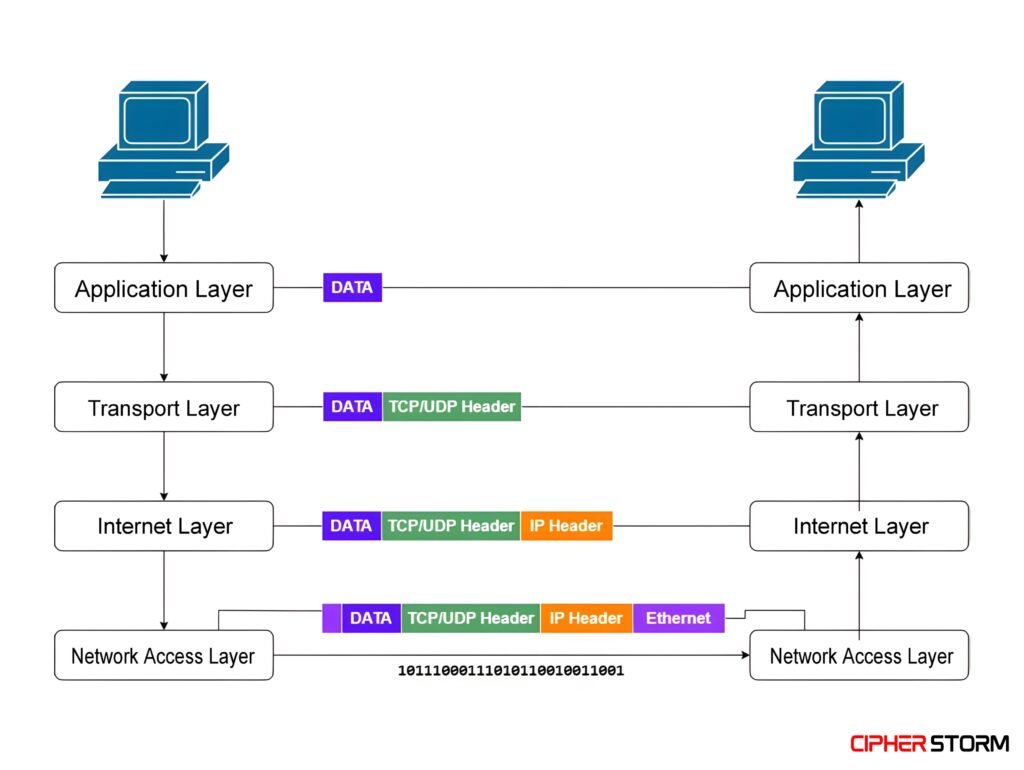
Layers of TCP/IP Model
1. Network Access Layer (Link Layer)
Equivalent to: OSI’s Data Link + Physical Layers
Main Role: Deals with the hardware part of data transmission like cables, switches, network interface cards (NICs), etc.
- Responsible for physical addressing (MAC address).
- Handles framing, error detection, and access control.
- Examples: Ethernet, Wi-Fi, ARP (Address Resolution Protocol)
Think of it as: The pathway and medium over which data travels.
2. Internet Layer
Equivalent to: OSI’s Network Layer
Main Role: Handles logical addressing and routing of data packets across networks.
- Assigns IP addresses (IPv4/IPv6).
- Handles packet routing through routers.
- Deals with fragmentation and reassembly of packets.
- Key Protocols:
- IP (Internet Protocol) – Main protocol for delivering packets.
- ICMP (Internet Control Message Protocol) – Sends error messages (e.g., unreachable host).
- IGMP (Internet Group Management Protocol) – Manages multicast groups.
Think of it as: The post office that ensures your data is routed to the right destination.
3. Transport Layer
Equivalent to: OSI’s Transport Layer
Main Role: Ensures end-to-end communication, reliability, and flow control.
- TCP (Transmission Control Protocol)
- Reliable, connection-oriented protocol.
- Ensures that packets arrive in order and without errors.
- Example: Browsing websites, sending emails.
- UDP (User Datagram Protocol)
- Unreliable, connectionless protocol.
- Faster, but no guarantee of delivery/order.
- Example: Live streaming, online games, voice calls.
Think of it as: The delivery service that ensures your message is received — either reliably (TCP) or quickly (UDP).
4. Application Layer
Equivalent to: OSI’s Application, Presentation, and Session Layers
Main Role: Provides network services directly to the user or application.
- It includes protocols and services used by applications to access the network.
- Examples of Application Layer Protocols:
- HTTP/HTTPS – Web browsing
- FTP – File transfers
- SMTP/POP3/IMAP – Email
- DNS – Domain Name Resolution
- Telnet/SSH – Remote access
Think of it as: The software on your computer that interacts with the network, like your browser or email client.
TCP/IP vs OSI Model
| Feature | TCP/IP Model | OSI Model |
|---|---|---|
| Layers | 4 | 7 |
| Practicality | Used in real-world | Mostly theoretical |
| Development | Developed by DARPA | Developed by ISO |
| Layer Separation | Loose | Strict |
How Data Travels in TCP/IP
Imagine sending a message:
- Your browser (Application Layer) creates a request (e.g., open www.google.com).
- Transport Layer (TCP) adds a header with source & destination ports.
- Internet Layer (IP) adds IP addresses.
- Network Layer (Ethernet) adds MAC addresses and sends it across the physical network.
At the receiving end, each layer strips off its header and hands the data to the layer above.
Real-Life Use Cases
- Sending an email uses SMTP (Application), TCP (Transport), IP (Internet), and Ethernet (Network).
- Watching YouTube videos uses HTTP (Application), mostly UDP (Transport), IP (Internet), and Wi-Fi/Ethernet (Network).
Conclusion
The TCP/IP model may be simpler than OSI, but it’s more relevant in real-world networking. Whether you’re browsing the web, sending files, or playing online games — you’re using TCP/IP every second.
Understanding TCP/IP is essential for any tech enthusiast, network engineer, or aspiring web developer, because it’s the invisible hand that powers the Internet.

